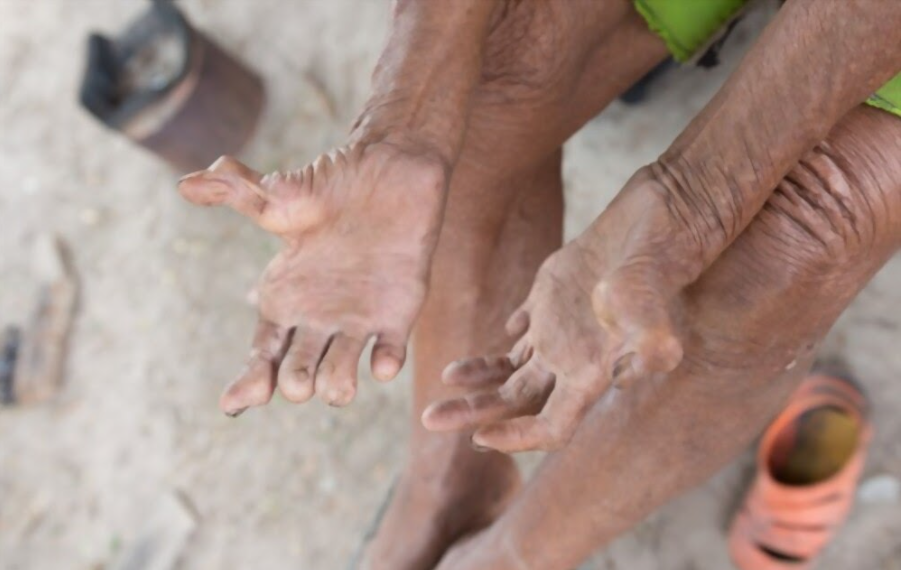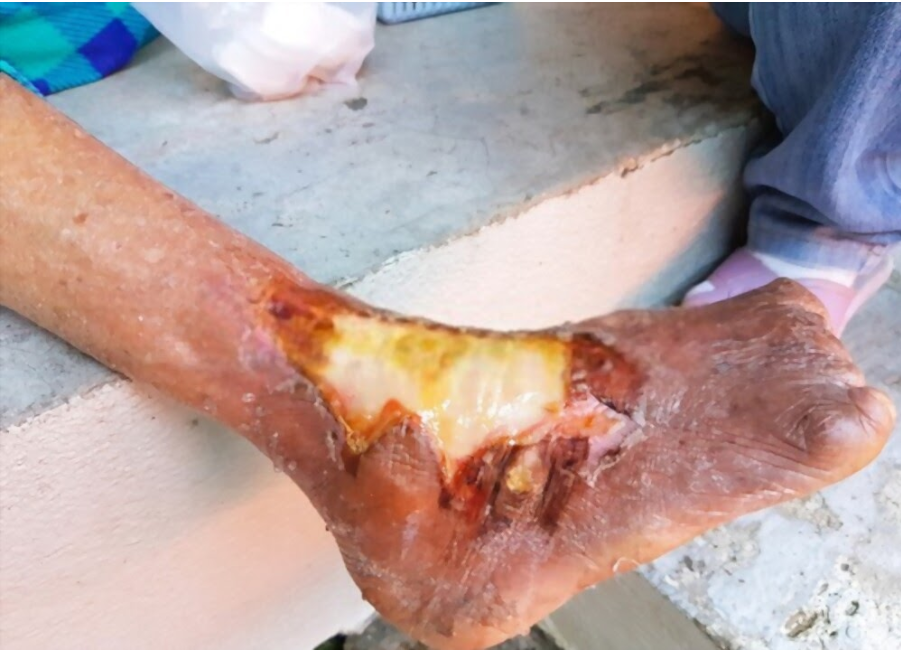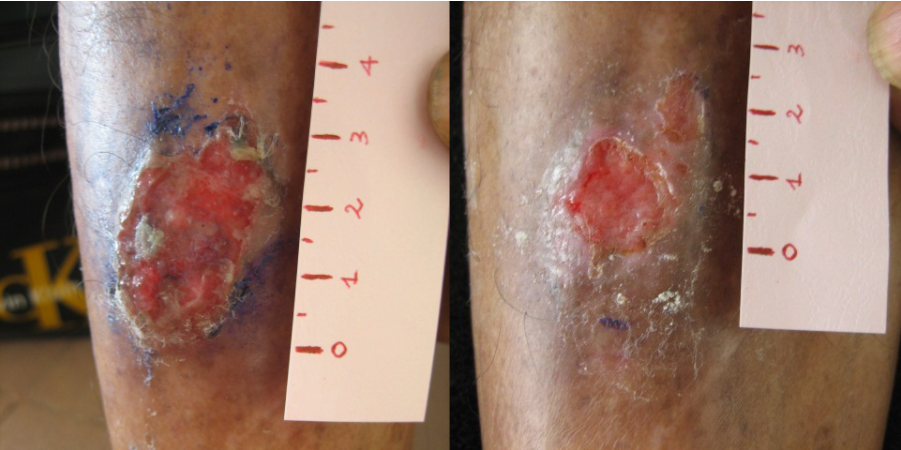Can leprosy be treated?
Hansen’s disease (also known as leprosy) is an infection caused by slow-growing bacteria called Mycobacterium leprae. It can affect the nerves, skin, eyes, and lining of the nose (nasal mucosa). With early diagnosis and treatment, the disease can be cured. People with Hansen’s disease can continue to work and lead an active life during and after treatment.

If left untreated, the nerve damage can result in crippling of hands and feet, paralysis
1. What is Hansen’s Disease?
Hansen’s disease (also known as leprosy) is an infection caused by bacteria called Mycobacterium leprae. These bacteria grow very slowly and it may take up to 20 years to develop signs of the infection.
The disease can affect the nerves, skin, eyes, and lining of the nose (nasal mucosa). The bacteria attack the nerves, which can become swollen under the skin. This can cause the affected areas to lose the ability to sense touch and pain, which can lead to injuries, like cuts and burns. Usually, the affected skin changes color and either becomes:
- Lighter or darker, often dry or flaky, with loss of feeling, or
- Reddish due to inflammation of the skin.
2. How do people get Hansen’s disease?
It is not known exactly how Hansen’s disease spreads between people. Scientists currently think it may happen when a person with Hansen’s disease coughs or sneezes, and a healthy person breathes in the droplets containing the bacteria. Prolonged, close contact with someone with untreated leprosy over many months is needed to catch the disease.
3. Signs and Symptoms of Leprosy
Symptoms mainly affect the skin, nerves, and mucous membranes (the soft, moist areas just inside the body’s openings).
The disease can cause skin symptoms such as:
- Discolored patches of skin, usually flat, that may be numb and look faded (lighter than the skin around)
- Growths (nodules) on the skin
- Thick, stiff or dry skin
- Painless ulcers on the soles of feet
- Painless swelling or lumps on the face or earlobes
- Loss of eyebrows or eyelashes
Symptoms caused by damage to the nerves are:
- Numbness of affected areas of the skin
- Muscle weakness or paralysis (especially in the hands and feet)
- Enlarged nerves (especially those around the elbow and knee and in the sides of the neck)
- Eye problems that may lead to blindness (when facial nerves are affected)
- Enlarged nerves below the skin and dark reddish skin patch overlying the nerves affected by the bacteria on the chest of a patient with Hansen’s disease. This skin patch was numb when touched.
Symptoms caused by the disease in the mucous membranes are:

Foot of a patient with leprosy
4. How is the disease treated?
Hansen’s disease is treated with a combination of antibiotics. Typically, 2 or 3 antibiotics are used at the same time. These are dapsone with rifampicin, and clofazimine is added for some types of the disease. This is called multidrug therapy. This strategy helps prevent the development of antibiotic resistance by the bacteria, which may otherwise occur due to length of the treatment.
Treatment usually lasts between one to two years. The illness can be cured if treatment is completed as prescribed.

Leg ulceration in a patient with leprosy after one week of treatment with the Multidex product.